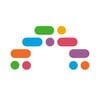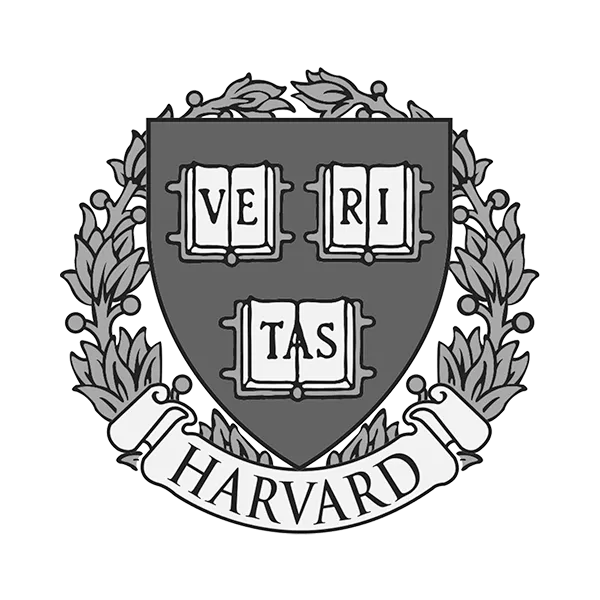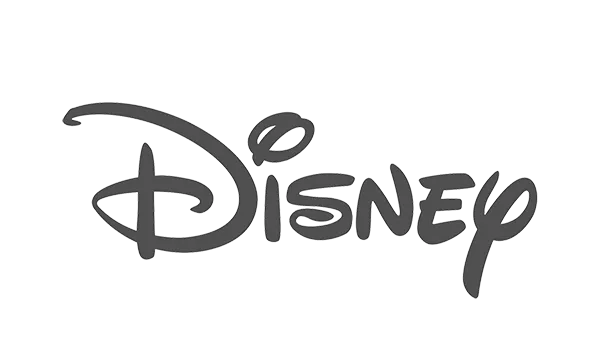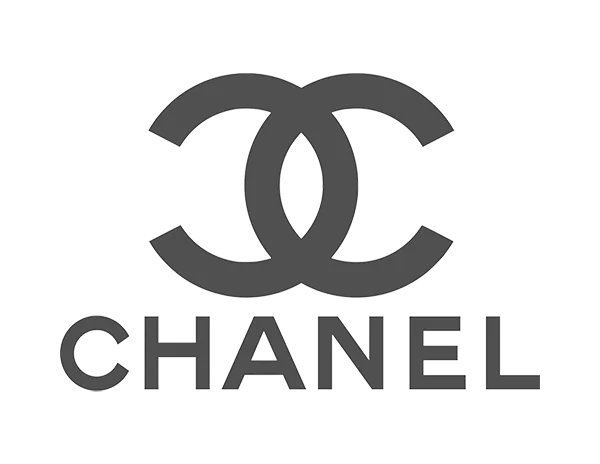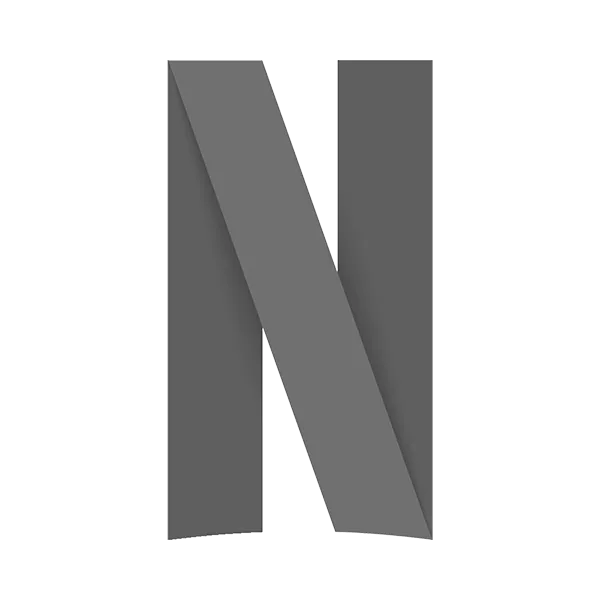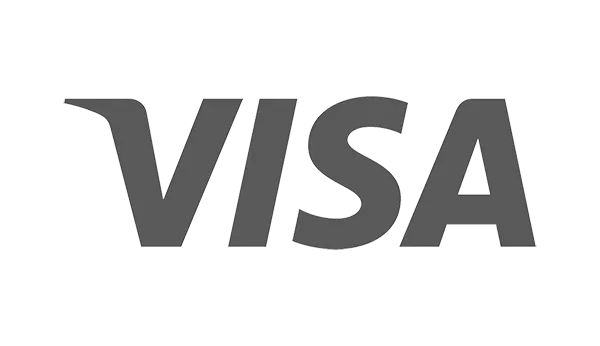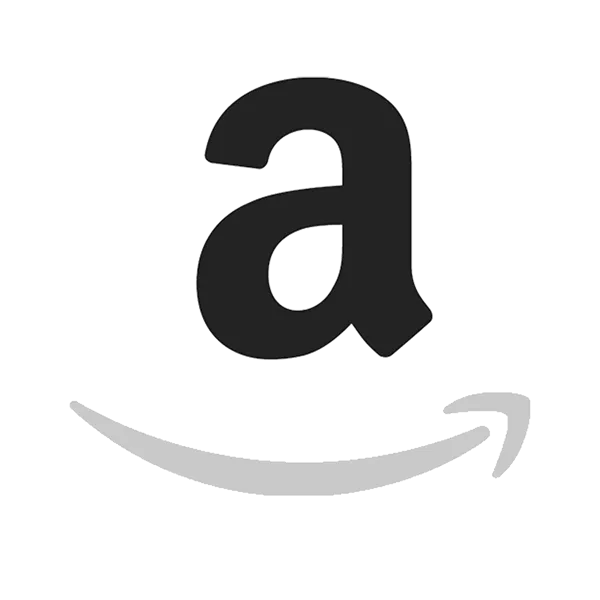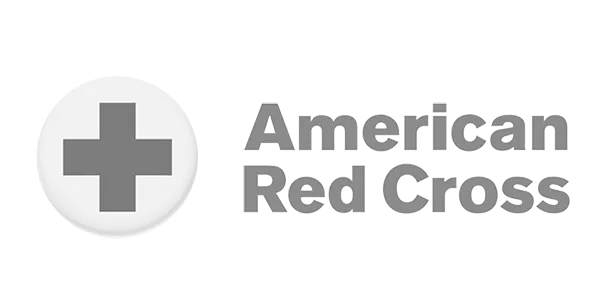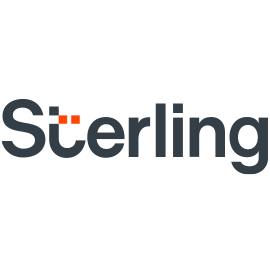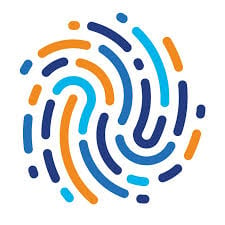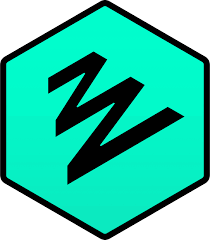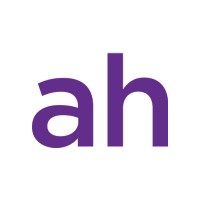Human Capital Management (HCM) started as a theory to capture the nebulous equations of how to value the people, e.g. human capital, that make up an organization. Human Capital Management software, or HCM software, was created to aid in tracking and managing that value over time.
In this article, we’ll look at what HCM software is, what HR processes its features can streamline, and how these tools can help your business. First, let’s take a closer look at Human Capital Management.
What is Human Capital Management?
In short, Human Capital Management is the acknowledgment of expertise and credentials employees bring to their workplace, and the valuable asset they are to the business.
Economists, business leaders, and other business minds have long struggled with how to measure the unquantifiable value and potential of employees, both individually and collectively.
If you’re in a commission-based role, you may be able to point to a specific dollar amount you bring to the business’ profits, signifying your apparent value. Or maybe you have unique industry expertise, enabling you to act as a guide to others and leverage your network. Or maybe you attribute your value to the credentials or certifications you’ve acquired that lend to your proficiency and knowledge on how to operate certain business processes.
Masterclass defines human capital as, “... the collective skills and knowledge of employees in a business.” Elements of this concept were described as early as 1776, but the term “Human Capital” was popularized in the mid-twentieth century as a part of U.S. economic theory.
Managing Human Capital = Investing in Your Workforce
Unlike other business assets, people have minds of their own! If you don’t believe an organization is utilizing your expertise or fairly compensating your experience, you can take your knowledge and skills to another employer. Leaders who know this fact are cognizant of the investments they need to consider in order to retain and grow their workforce. Those leaders, knowingly or not, practice Human Capital Management.
When leaders are considering what investments to make for their employees, those practicing HCM would also consider the predicted return on that investment. For example, data from exit surveys may show a link between turnover rates and poor management practices. Investing in their human capital with a training program on people management may have tangible returns in higher retention and an improvement in employee satisfaction, making it a worthwhile investment to increase the value of the business.
Knowing that effective Human Capital Management requires tracking this kind of people data, we need powerful analytics tools to do so— this is where Human Capital Management software comes into the equation.
What is Human Capital Management Software?
Human Capital Management software describes the digital software, platforms, or tools that HR teams can use to track people analytics for the sake of optimizing their Human Capital Management efforts.
In order to practice HCM, an organization needs to track and compile data on its people and use it to understand the workforce. The system most often used to gather this data is software.
A proper HCM solution goes beyond benefits administration, payroll, and other HR functions, it encompasses tracking applicants, employees, and trends across different groups within the organization. At every stage of the employee lifecycle, the HCM software should be able to support the needs of not only the HR team, but the employees, managers, and executives within an organization.

The Differences Between HR and HCM Software
For any cloud-based HR software user, reading about HCM software may be confusing since the feature set is so similar to a Human Resource Information System (HRIS) or Human Resource Management System (HRMS). Most people agree that an HCM goes beyond these standard systems, encompassing a broad set of capabilities like compensation management, learning and development, or succession and career planning.
Another factor Rodrigo Vázquez Mellado points out whilst comparing HRIS, HRMS and HCM software is that many top vendors offer all three types of software. They structure packages with module-based pricing so that what you, the user, end with is an HCM, HRIS, or HRMS. What they’re often doing is offering a core HRIS package that can be upgraded to HCM capabilities or a full-on HRMS.
The misnomers and similarities in offerings can make distinctions feel like a moot point, but understanding the nuances of these systems can help you differentiate the pitches companies will present when advertising their platform.
9 Top Features of HCM Software
There is a long list of capabilities within HCM solutions, touching on every stage of the employee lifecycle. As alluded to earlier, there will be slight differences across HR systems on what’s included and whether they call their software an HCM, HRMS, or HRIS. But the following features are fairly consistent across platforms.
Compensation and Payroll Management
The most straightforward investment into your workforce is compensation, including salary, bonuses, benefits, perks, and rewards. An HCM solution that includes these features will provide the data needed to make decisions about budget and headcount, and provide an understanding of the utilization of benefits across locations and levels within the organization.
Complex businesses may have a mix of hourly and salaried employees, requiring an HCM system to manage a range of employment types and track schedules, time, and attendance. For companies that contract with freelancers, the ability to track contacts and contracts within an HCM software application helps record keeping immensely.
These systems can give HR and business leaders insight into the various people who make up the organization, no matter how their contract or compensation is structured.

Applicant Tracking
Beyond your current workforce, HCM software should support the talent acquisition and the nurturing of new hires. An Applicant Tracking System (ATS) built with an HCM suite will help your organization orchestrate a seamless experience from candidate to onboarding to an established employee.
By storing job requirements, candidate data, and interview feedback, an HCM solution gives a complete view of the employee experience from its origin point, when the employee is a candidate first applying to work with your organization. With the ability to track and store this data in one place, HR and Talent team have a standardized measurement for reporting across the organization.
Performance Management
Comprehensive Human Capital Management (HCM) software tends to include a performance management module where employee goals are defined, and performance reviews are recorded. This allows HR to have a data-driven overview of employee performance on an individual level (over time) and company-wide. Without these capabilities, leaders cannot gain needed insights into progress on initiatives both personal and professional within business units. Effectively, this is tracking the return on human investment.
Any system that automates the performance management process will free up time for HR Managers to focus on coaching. A benefit of this is the opportunity for relaying performance management best practices to department managers— to give effective feedback and communicate with employees through every step of the review. Customization can allow companies to measure what matters to their organization and highlight relevant achievements.
Employee Engagement Tracking
In my own writing about Performance Reviews, I point out that many organizations view employee engagement as part of the company’s overall performance management strategy. There are a variety of ways to measure employee engagement, and SelectSoftware Reviews describes several different approaches. These include annual engagement surveys to provide a snapshot of employees’ feelings toward the organization, pulse surveys to deep dive into specific issues facing the workforce, and lifecycle surveys, such as exit surveys, to understand key points in the employee journey.
An HCM solution that can encompass these methods of measurement will strengthen the ability of HR and the leadership team to develop comprehensive strategies to manage the workforce’s performance and engagement over time.
Learning and Development
Human Capital Management centers on the skills and knowledge of the workforce, so HCM software must facilitate learning and development within the organization. Streamlining training and development into one platform solves the confusion that can come with tracking employee learning in a separate Learning Management System (LMS).
With an LMS integrated into an HCM solution, your employees should be able to enroll in courses, take assessments, and gain skills that form part of their employee profile.
Without the ability to upskill your workforce and track professional development investments, HCM software falls short of the practices of Human Capital Management.

Career and Succession Planning
As the organization grows, your people will want to grow too. An HCM solution can support HR, managers, and executives who are planning ahead for their employees by crafting unique career paths and keeping an eye towards placing burgeoning leaders across the organization.
By giving a complete picture of an employee’s performance and path in the organization, these solutions supply talent management data to help support and orchestrate their inward mobility over time. With a built-in ATS, it becomes easier to evaluate internal candidates for new roles along with external applicants.
A part of HCM practices is not only fostering the development of employees within the organization currently, but looking ahead toward the skills and expertise the business will benefit from in the future. Succession planning helps anticipate leadership gaps that may arise due to individuals moving on to new opportunities or retiring, and put strategies in place to ensure those gaps are filled quickly so the business can continue operating efficiently.
Tracking performance, managing applicants, and more makes a Human Capital Management system the solution for putting succession plans into action when needed.
Integrations
Any system you implement cannot operate alone, it needs to connect and support other key business solutions. For example, your finance team will be bereft without a seamless integration between payroll administration and accounting.
HCM software that offers API access, data extraction, and other methods for securely sharing and moving data will greatly benefit departments beyond HR. Be aware of integration with current and potential future software solutions when looking for an HCM. The best HCM software offers many native integration capabilities with popular vendors.
HCM cloud providers offer plug-and-play solutions for integration that update frequently as new vendors enter the market. An on-premises software solution (where you buy a copy of the software and upload it to your closed network), may not be as flexible regarding new integrations.
Compliance and Security
For national and global organizations, keeping up with shifting laws and regulations on a local level is key to ensuring the business can continue to operate smoothly. With software, the collection of necessary paperwork may be automated and employees moving across state lines can trigger notifications so HR professionals can keep up with their workforce.
Keeping all your employee data in one place will also make audits easier, allowing your team to provide insight into your company’s compliance efficiently.
Beyond compliance, these systems should ensure your employees’ data is protected. The data within these systems is extremely sensitive, and any HCM software provider needs to be held to a high standard of privacy and security. Some certifications you can look out for include:
SOC 2
This compliance certification includes an audit to evaluate the security procedures around customer data. Organizations that pass this type of audit and receive their SOC 2 certification have proven that they have the policies and checkpoints in place to handle your data with confidentiality, integrity, and privacy.
ISO 27001
When it comes to information security, ISO 27001 is the industry standard. A company that is audited successfully can receive a certification to show they follow the framework of an Information Security Management System (ISMS), giving you peace of mind in knowing they work diligently to prevent security incidents with your data.
GDPR
You may already be somewhat familiar with GDPR as it is one of the strongest consumer privacy laws in place today. If you have any employees or contractors in the European Union, you’ll need to ensure the systems you use to manage your data are compliant with GDPR.

Accessibility and User Interface
If your employees can’t access your HCM software, it won’t be helpful to your overworked HR team! Employee self-service portals enable employees to update their data independently and input necessary information when prompted.
While functionality is often the most considered factor, finding a system that’s enjoyable to use can help ensure it’s adopted across the organization. A system that prioritizes the needs of its users will keep the information employees need access to front and center, and give HR professionals the back-office solutions they need to gather rich reports and insights within the system.
HCM Software Examples
In the current HR Tech market, some HCM software vendors to consider are:
- Workday
- SAP SuccessFactors
- Oracle HCM Cloud
- BambooHR, and
- Rippling
This is not an exhaustive list, but certainly all worth booking a demo with if you’re interested in buying HCM software for your company. Bear in mind, these solutions are not interested in small fry.
Typical HCM solutions, including Workday, Oracle, and Rippling are marketed toward enterprise-level companies due to how comprehensive and complex the system is. For small businesses that cannot justify the expense of a full HCM solution, the practices of HCM can still be carried out across different software platforms, including an HRIS platform.
The SelectSoftware Reviews buyer guide of the 10 Best HCM software systems can help you identify the HCM solution best suited to your company
4 Benefits of Using HCM Software
Using HCM software comes with many of the benefits of using HR software that I outlined in a previous article, primarily:
Cost and Time Savings
By providing a single system with rich capabilities, HCM software can be a worthwhile investment, preventing HR teams from investing their time and energy across disparate platforms. Automation within the platform can help to alleviate HR teams of repetitive, time-consuming work to focus on more strategic, impactful projects within the organization.
Data Collection and Metrics
Without HR data and metrics, leaders cannot gather insights to make strategic investments in the workforce. HCM software centralizes and standardizes employee records, making it easier for HR teams to pull the reports they need to inform HCM practices across the business.
Consistent Service
Ultimately, an HCM solution should enable HR teams to provide consistent and timely service to the workforce and use the data gathered to continuously improve policies and practices.
Preemptive Workforce Planning
By tracking employee data, including tenure, productivity, engagement, and inward mobility in real-time, HR can spot trends early on. This includes recurring hiring cycles, drops in employee engagement, uptake in voluntary separations, and many more. Because of this insight, workforce planning can happen preemptively to a drop in productivity, not as a reaction to it.

Is HCM Software Right for Me?
Any business can benefit from implementing an HRIS, HRMS, or HCM software. This article has established that HCM goes beyond an HRIS, housing systems that are often sold separately, like an applicant tracking, performance management, and leaning management module.
When does it make sense to consider combining all these features into one platform? There are a few factors to consider:
Cost
Due to the complexity of the solutions offered, HCM software providers usually customize their pricing based on the business and what features they utilize or need customization on. Most HCM solutions are built for the enterprise sector. While there are a few that may accommodate SMBs and smaller companies, most vendors will not discuss pricing until they have more information about your workforce.
Understanding what you’re spending across various systems to support employees today can help illuminate the budget an HCM solution would need to work within. For SMBs and early-stage companies, a full HCM software solution might not make sense. But for businesses with large workforces and complex management requirements, it is well worth the cost of the platform fees.
Must-Have Features
Any HCM software vendor will give you a long list of capabilities and reasons to use their platform at your organization, but what do you actually want and need in an HCM solution? Identifying key features and functionality will help you sort out if an HCM solution is actually what will best suit your organization, and which one makes sense for you and your business.
Once you’ve established your non-negotiable features, you can highlight your nice-to-haves. What would set one system apart from the other? Maybe it’s the ability to pay international contractors in the same system you use to run payroll for US employees, the ability to add an integrated HR query ticketing system as your organization grows, or a mobile app so your employees can access the system on the go using their personal mobile devices.
Considering where your business is headed and your current HCM strategies can help you narrow down your feature set and decide if one system, or a combination of systems, is right for your organization.
The Capacity of Your HR Team
In adopting any new HR system, a fair amount of change management needs to happen. Complex HCM software may require a business to employ internal experts who can manage the platform's major processes and advise and train others on how to use it.
For example, both Workday and Oracle offer education and certification programs for their users. Considering the size of the organization and the size of the HR team is crucial to guarantee an HCM solution and its related Human Resource Development will simplify workflows, not add to them within your HR team.
Final Thoughts
Any HR Tech buyer can attest to the fact that the options for HR software have exploded in recent years, with companies competing to solve the many headaches plaguing HR professionals, managers, and executives.
While this boom in HR technology has allowed HR Tech buyers a plethora of options to choose from, it’s also increased the confusion about what solution to reach for.
HCM software alone cannot guide a business forward, leadership needs to consider their goals within Human Capital Management, and if and when HR software will help achieve those goals. Understanding how HCM software differs from offerings like HRIS and HRMS can help you navigate this investment for your business.



